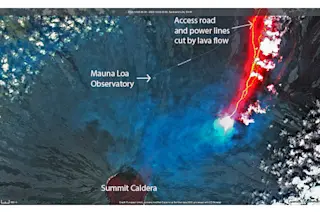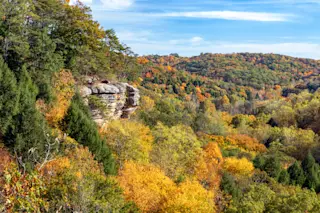An encouraging article just published in PLoS ONE shows that reserves in the Brazilian Amazon Rainforest serve to provide an important buffer against fires. Why important? Fires can be devastating to the region since the trees have no natural protection. It's a primary cause of deforestation which also contributes to climate change. According Dr. Marion Adeney of Duke's Nicholas School of the Environment:
“reserves are making a difference even when they are crossed by roads. We already knew, from previous studies, that there were generally fewer fires inside reserves than outside – what we didn’t know was whether this holds true when you put a road across the reserve.”
Along with co-authors Stuart Pimm and Norm Christensen, she has analyzed ten years of satellite data from the entire Brazilian Amazon. Together they found that location and timing were much more important factors than type of reserve in terms of where ...













